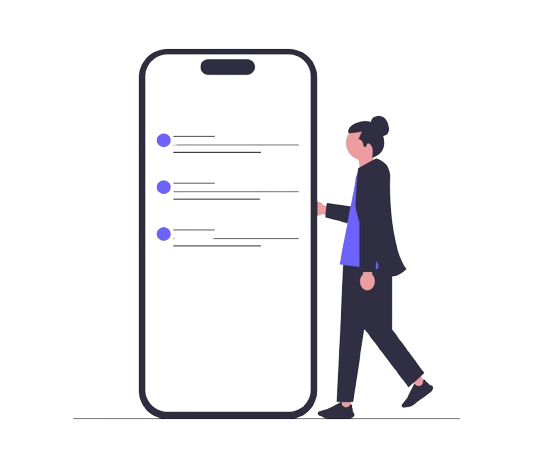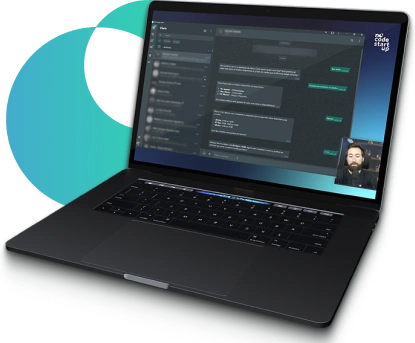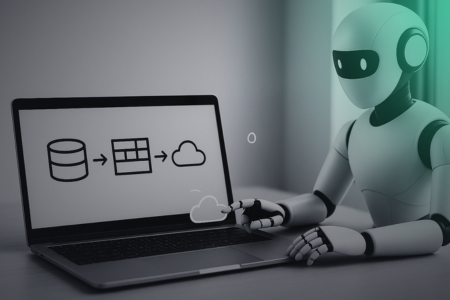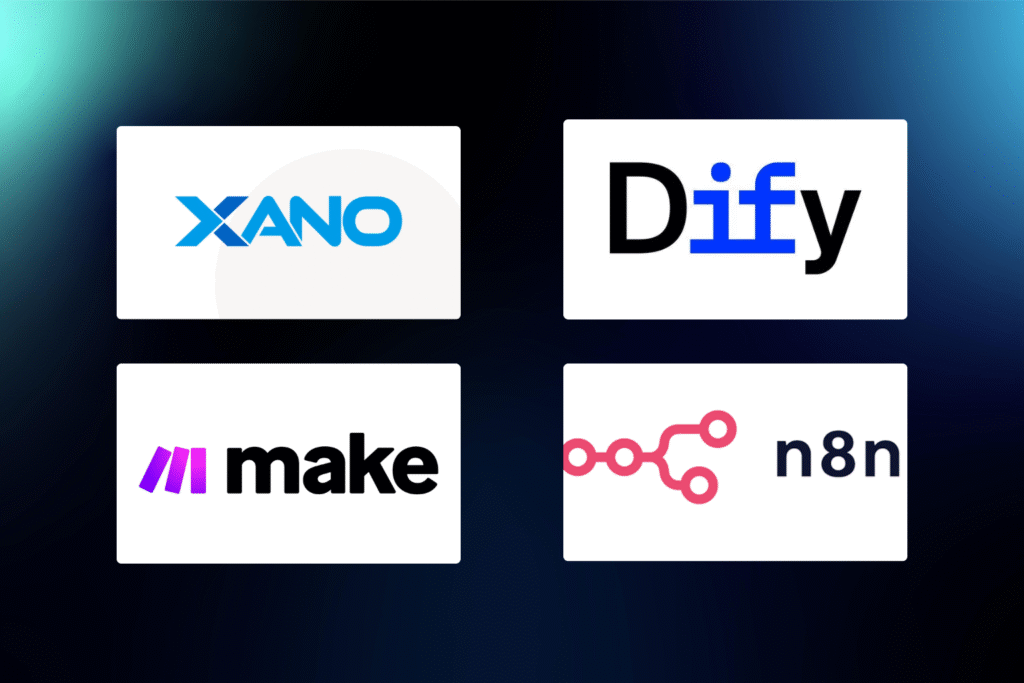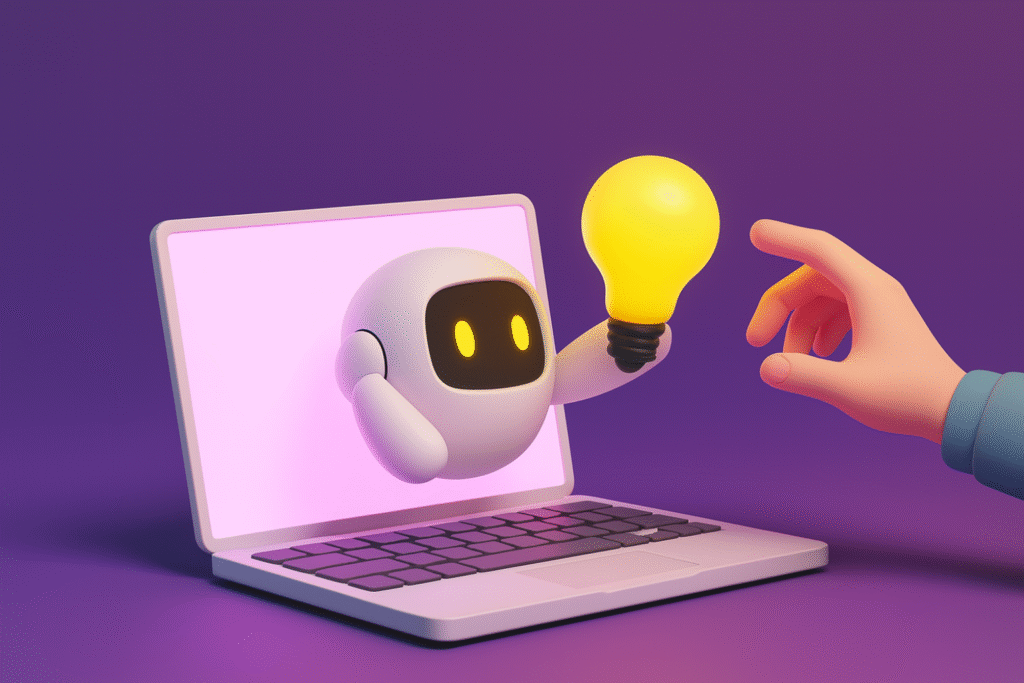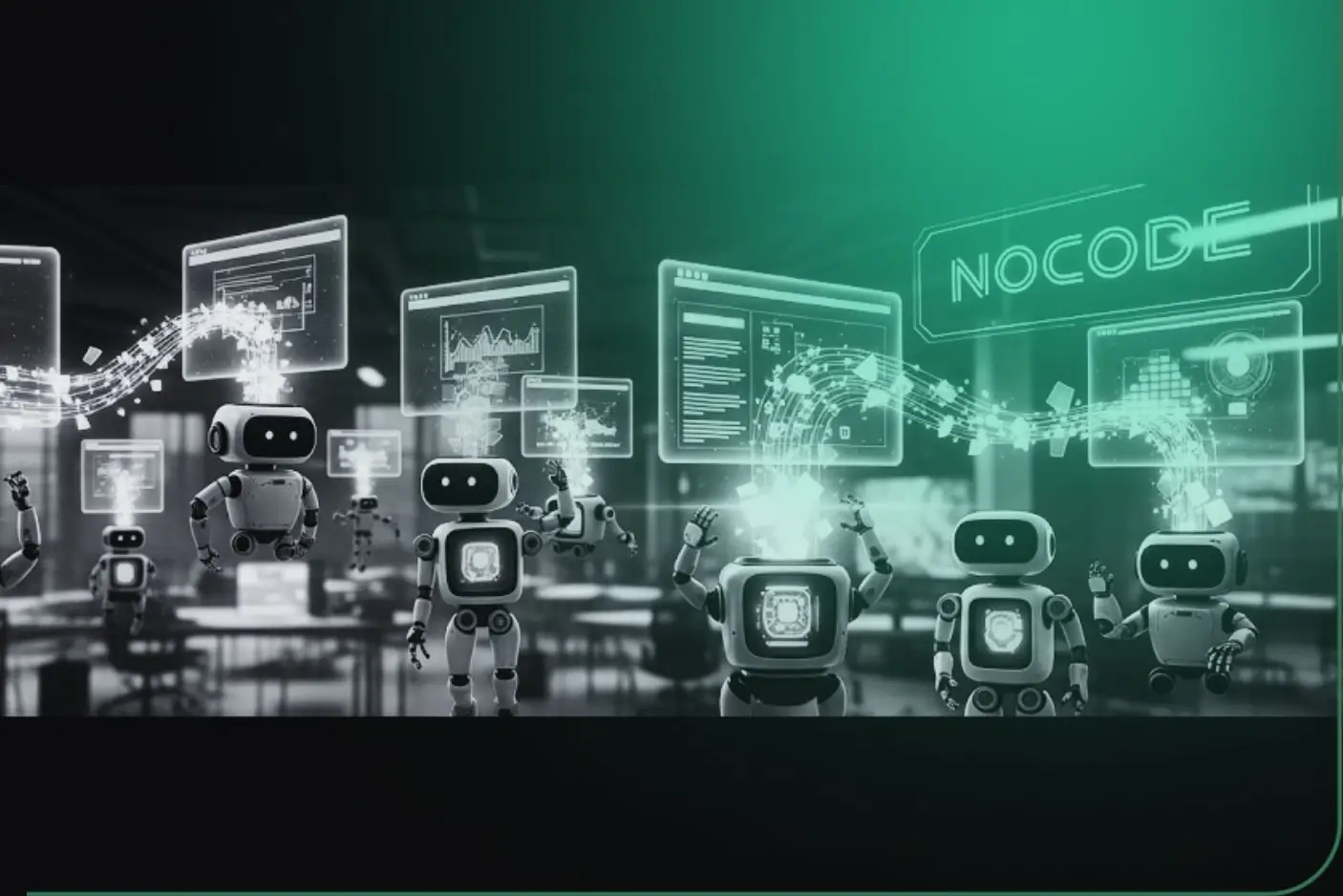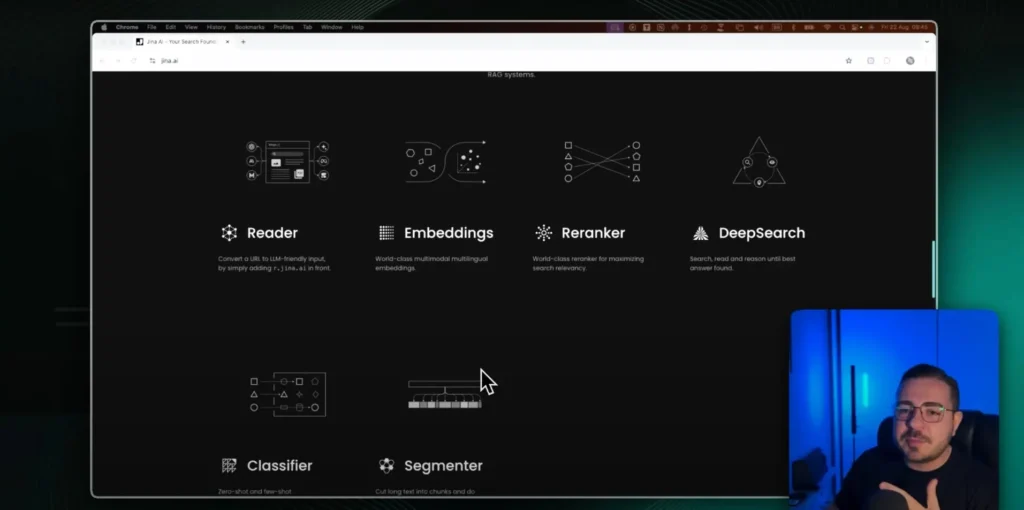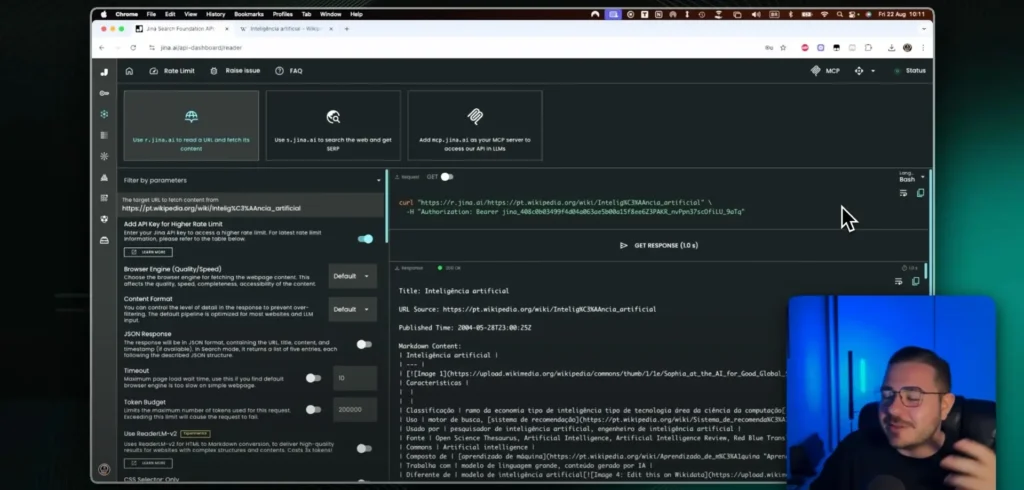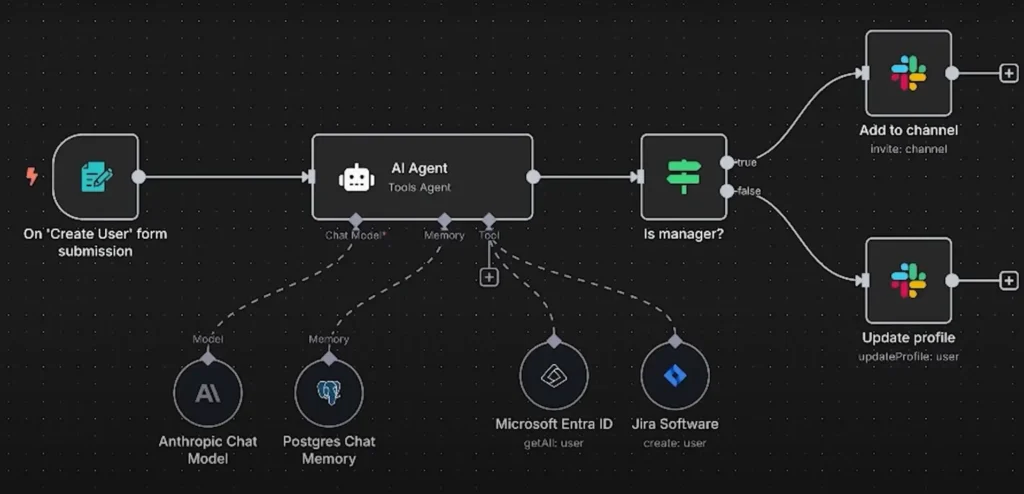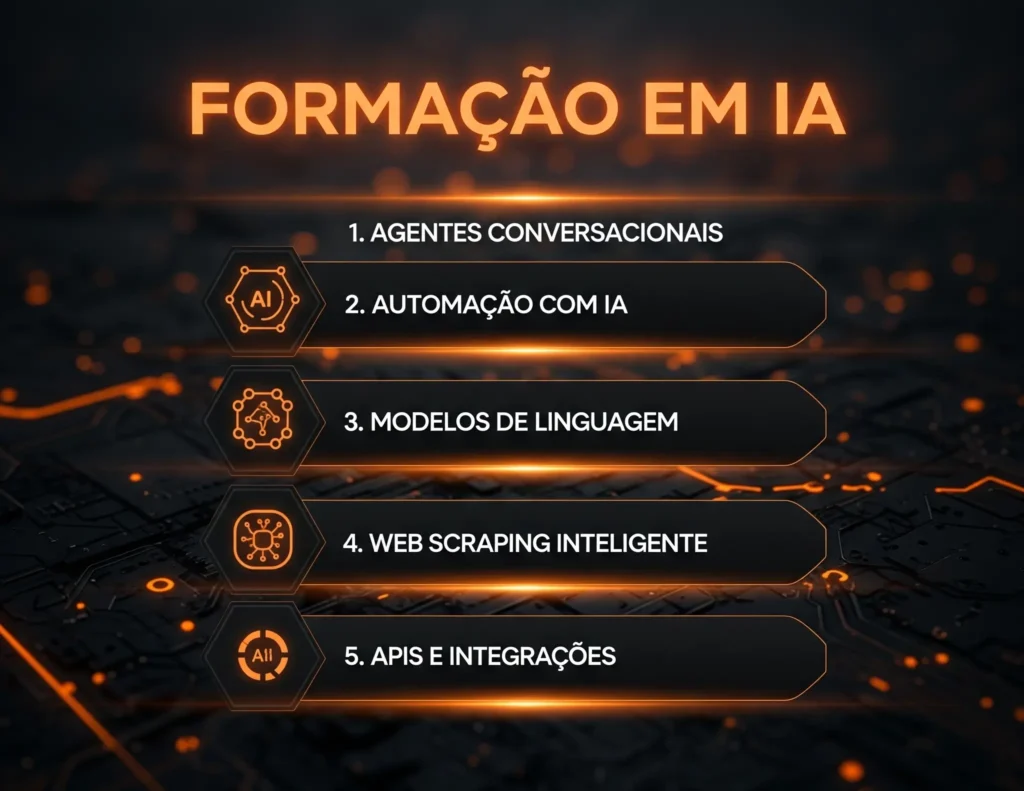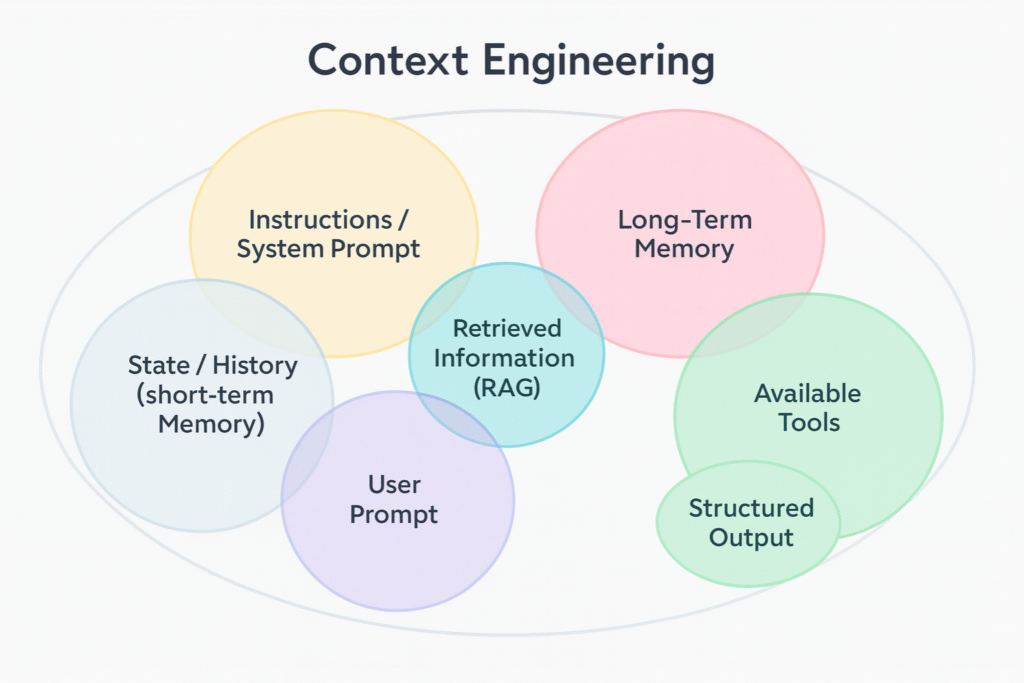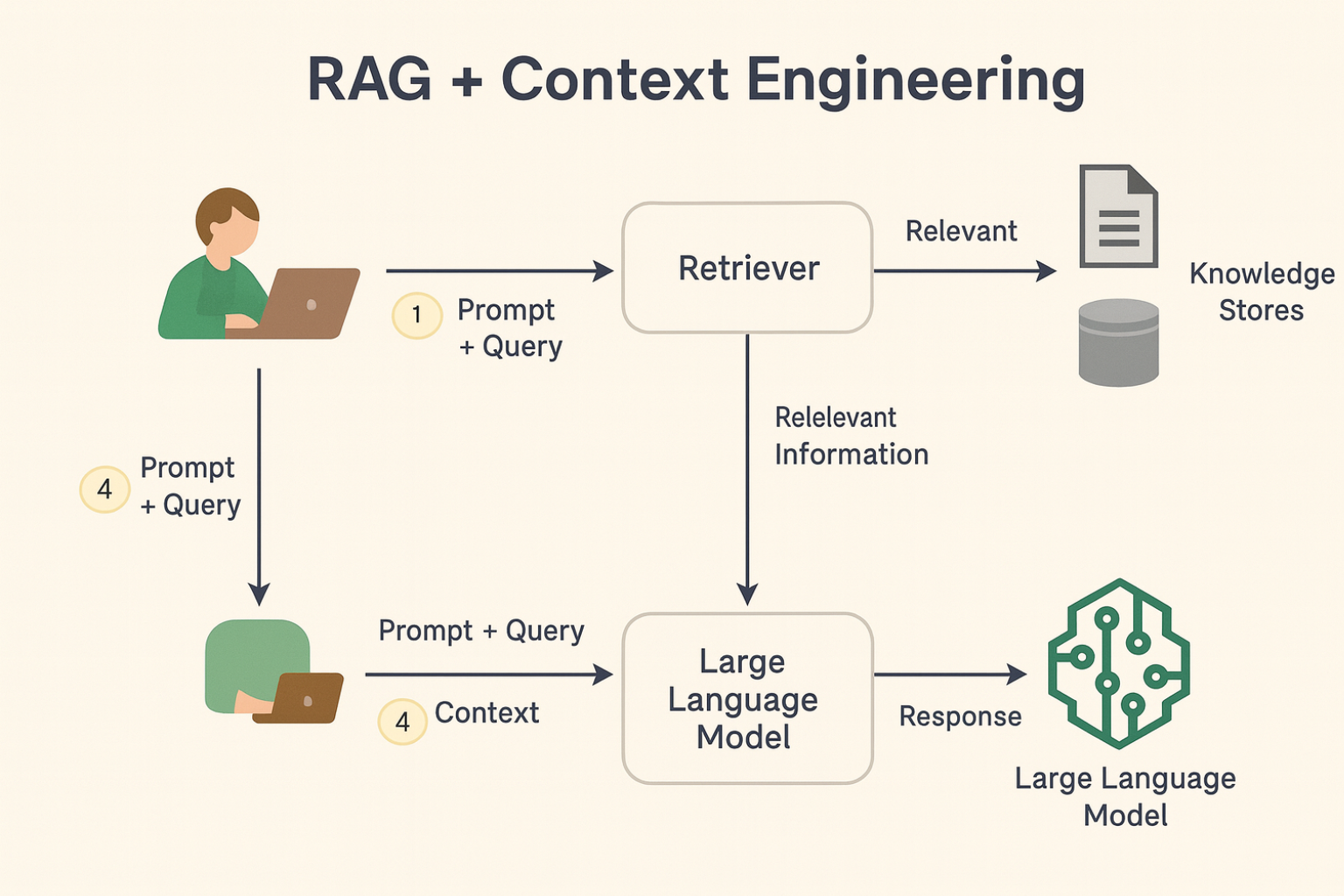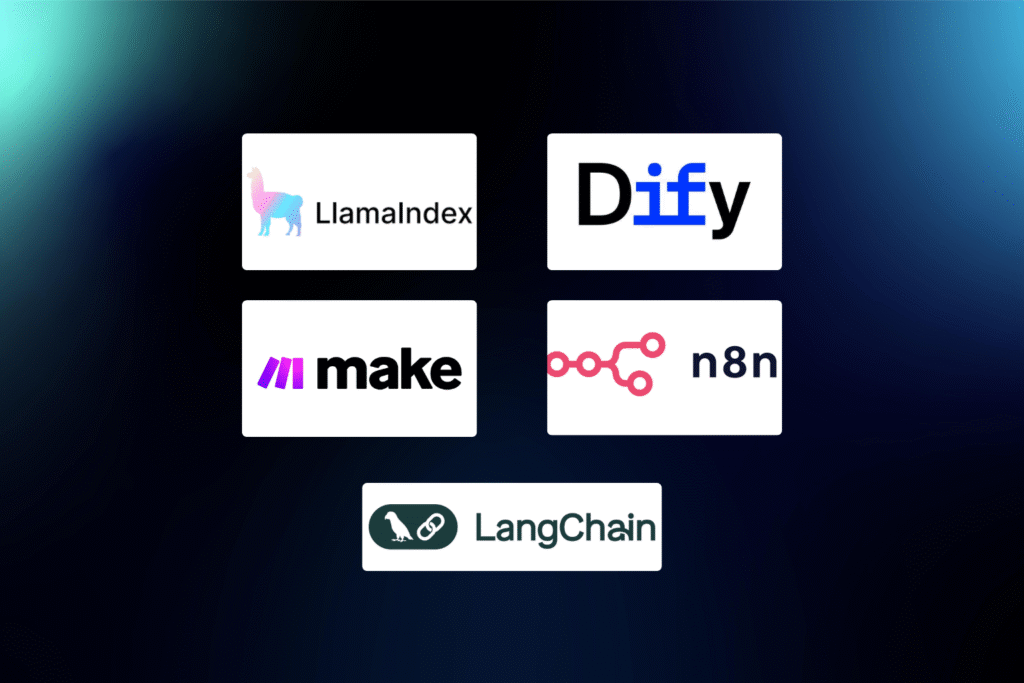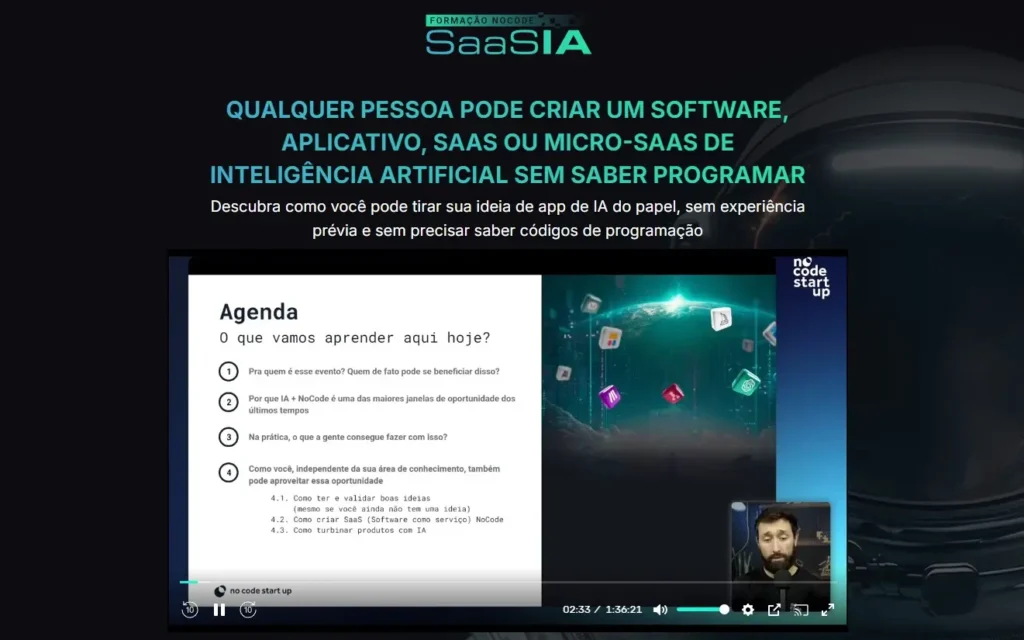In recent months, OpenAI has been surprising with a series of impressive launches. After the launch of GPT for All, which brought a powerful multimodal model, the company didn't stop there. Recently, they announced a new model, OpenAI o1, which promises to be even more efficient and revolutionary.
If you thought GPT for All was already impressive, get ready to meet the new One Preview. In this article, we’ll explore why this model is gaining acclaim and how it differs from its predecessors.
What is OpenAI o1?
One Preview, or o1, is a beta version of a highly advanced model that is already being tested by select users. Its main differentiator is that it is designed to “think” about responses before providing them.
This means that instead of giving quick, automatic answers like most previous models, One Preview analyzes the question more deeply, taking more time to consider the best solution, especially for complex problems in areas like science, coding, and math.
This slower, more careful approach has a clear purpose: to provide more accurate and detailed answers, something that can be crucial in cases where the quality of the answer is more important than speed.
Why is this model so powerful?
One of the highlights of One Preview is its logical reasoning capabilities. Unlike other models, it uses more time and resources to evaluate the answer before providing it, mimicking the behavior of a human expert.
In tests, One Preview outperformed in areas like science and coding, where complex problems are the norm. In an international math competition, for example, while GPT for All correctly solved 13% of the problems, One Preview achieved an impressive 83% correct answers.
This leap in performance is a clear indication that we are facing a much more robust model, especially for tasks that require advanced reasoning.
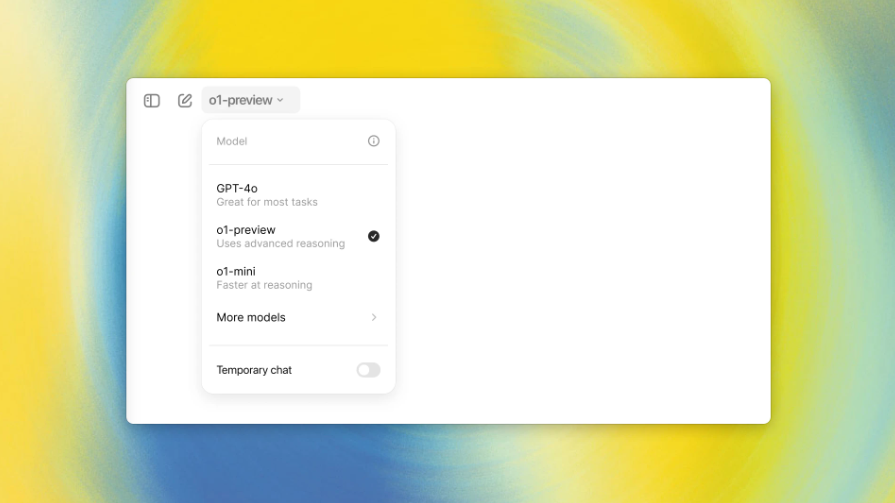
Enhanced security with o1
Another important aspect of this new model is safety. Previous AI models often failed to narrow down responses to potentially dangerous questions, such as the creation of weapons or harmful substances.
One Preview brings much tighter security. It not only thinks through the responses, but also evaluates whether the content is safe and ethical before providing it. This means the model avoids providing dangerous information, such as recipes for creating illegal substances or explosives.
This is vital in today’s world, where the ethical use of AI is at the center of global discussions. By improving security, OpenAI demonstrates its commitment to delivering technologies that are not only powerful but also safe for large-scale use.
Who can benefit from One Preview?
If you work on complex science, math, or coding problems, One Preview might be the perfect template for you. It’s designed to handle precisely these types of problems.
Often other models, such as GPT-4 and other solutions from OpenAI and competitors such as AWS and Google Cloud, cannot perform well on more intricate issues. However, with One Preview, which has a more analytical approach, the results are significantly better.
Performance comparisons
In tests, One Preview outperformed GPT for All in several areas. In coding competitions, for example, GPT for All achieved just 11% correct answers, while One Preview achieved 62%.
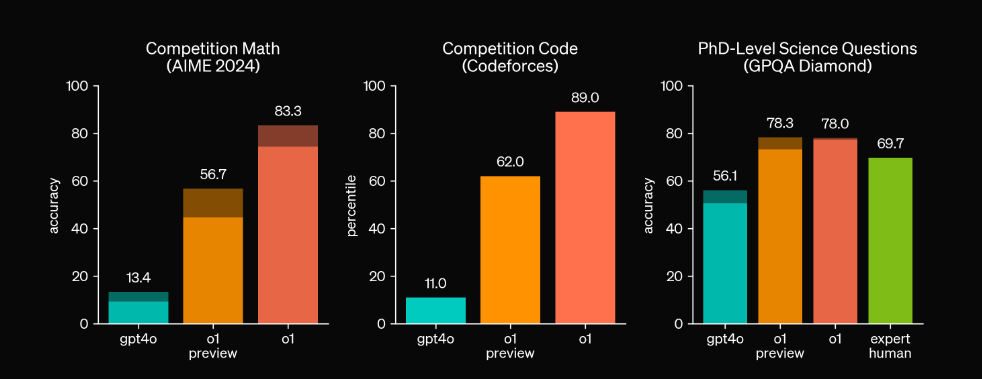
Impacts for NoCode developers
If you work with NoCode platforms such as Bubble or Flutterflow, get ready for a revolution. The ability to integrate AI with NoCode tools was already impressive, but with One Preview, the possibilities expand even further.
Imagine building an application that not only automates processes but also solves complex problems autonomously using advanced AI. With One Preview, this becomes a reality.
For example, if you’re building a NoCode system to process scientific data or solve equations, One Preview can provide detailed and accurate answers. Plus, its ability to drill down into questions allows it to solve problems in ways that other models simply can’t.
Practical examples of using o1
To better understand the potential of this model, we ran some simple tests on OpenAI’s own website. First, we asked the model to explain Einstein’s Law of Relativity.
One Preview took about five seconds to think, but delivered an extremely detailed and accurate response, something that impresses even those who are already used to interacting with AI models.
We then asked the model to generate Python code to implement this law in a project. Again, it took a few seconds to process the request, but it generated functional and well-structured code.
This type of use is extremely relevant for NoCode developers, who can take advantage of the model's ability to create complex applications without needing to understand all the details of coding.
Price and accessibility
Of course, all this power comes at a cost. OpenAI o1’s full model costs about $15 per million tokens, which is roughly three times more expensive than GPT for All.
However, this price difference is justified by the model's ability to solve complex problems with greater precision. For those looking for more affordable solutions, there is the One Mini, a cheaper version that also offers good results.
It is worth remembering that, for now, o1 is only available to some users, as it is still in beta. However, it should soon be released to a wider audience, and API integrations will allow developers NoCode take advantage of the full power of this tool.
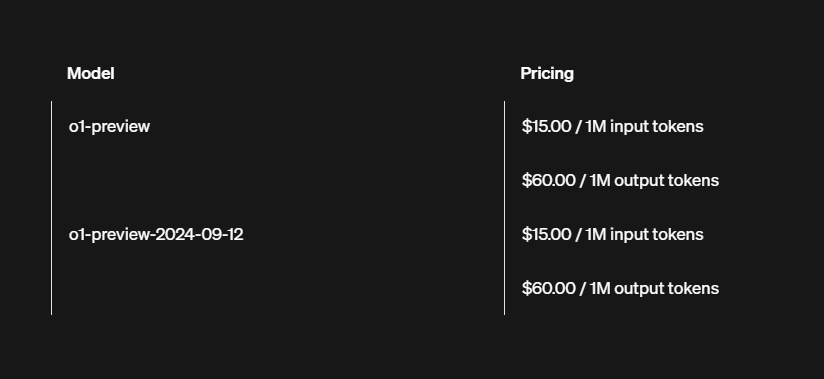
OpenAI o1: The Future of AI Automation
With each new release, OpenAI reinforces its position as a leader in the artificial intelligence market. OpenAI o1 is yet another testament to the company’s commitment to bringing innovations that not only make developers’ lives easier, but also make projects that were previously unimaginable possible.
If you work with NoCode platforms or are interested in intelligent automation, now is the time to start exploring the possibilities that One Preview offers.
In the coming years, we’ll likely see even more impressive advances. In the meantime, let’s take advantage of the innovations that are already available and start planning how we can use them in our projects. If you enjoyed this content and want to learn more about the future of AI, be sure to check out our NoCodeAI Training!
